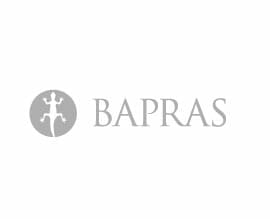Tummy tuck (abdominoplasty)
Do you yearn for a firm flat tummy? Has your abdomen become slack and flabby in spite of exercise? Sometimes this follows pregnancies, particularly with large babies or twins, and sometimes it follows weight loss. If a svelte silhouette is just a memory, an abdominoplasty or ‘tummy tuck’ carried out by a cosmetic plastic surgeon at Bristol Plastic Surgery may be revitalising.
The term ‘tummy tuck’ is appealing but rather belittles what can be a major procedure. An expertly designed abdominoplasty will get rid of unsightly folds of loose excess skin and firm up the muscles. It is not a substitute for weight loss. The better physical shape you are in prior to surgery, the less likely the possibility that you will require a follow-up procedure.
Arrange a consultation with a cosmetic plastic surgeon at Bristol Plastic Surgery to learn the extent of surgery that is appropriate, safe and possible for you as an individual. These notes are intended to be read in conjunction with your consultation.
Prices start from £7,900









